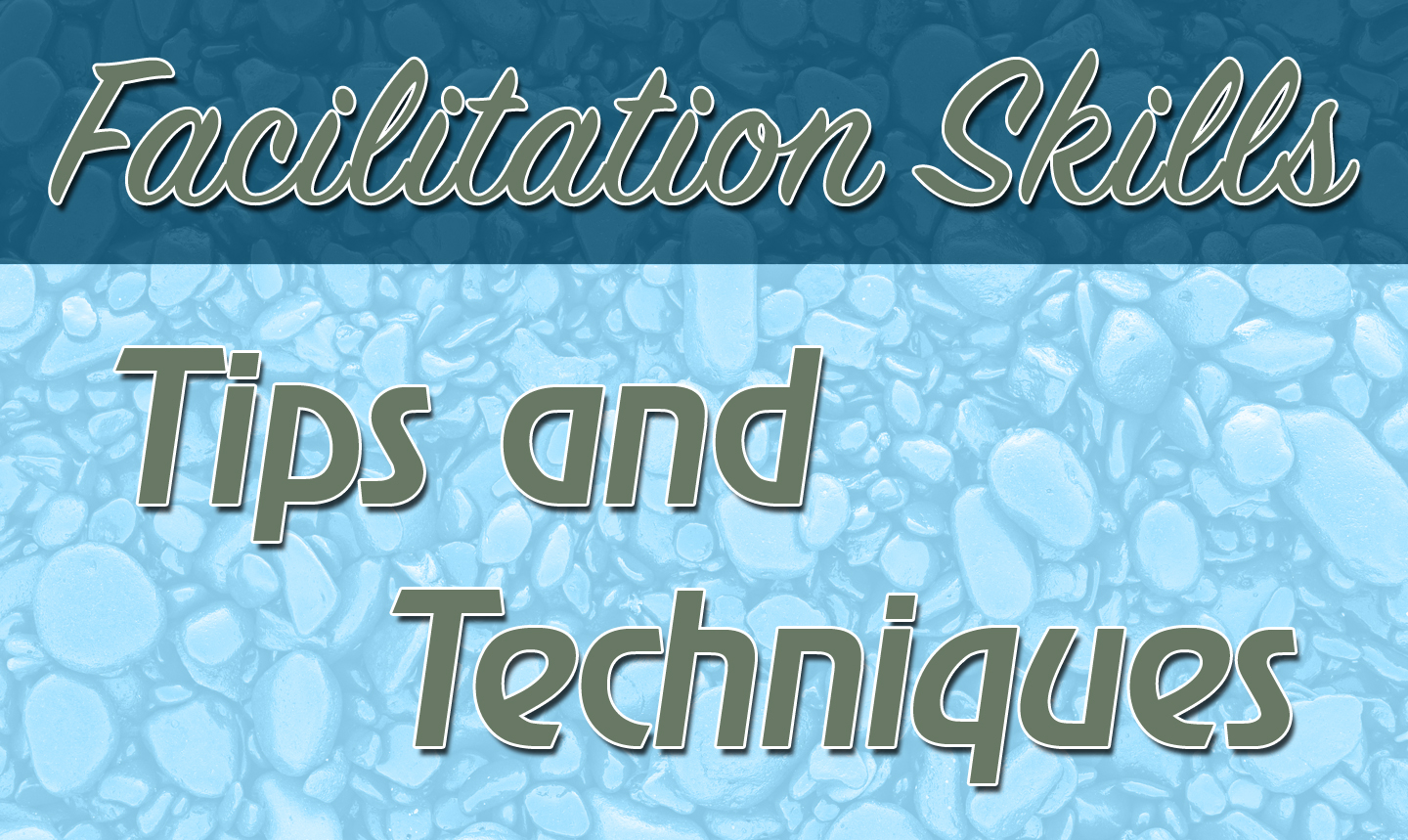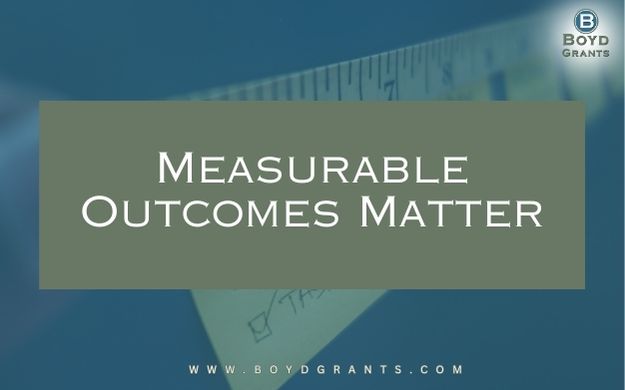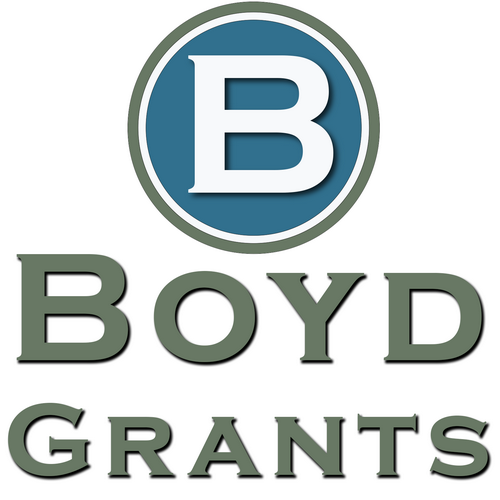
Be Very Clear on the Purpose of the Meeting
Before your meeting, set goals and decide upon the specific objective for the upcoming meeting. Identify the desired outcome for each agenda item to be discussed. Doing this will clarify what needs to be accomplished during the meeting.
Begin Small Meetings with Introductions
First introduce yourself and thank people for coming to the meeting. Review the proposed agenda for the attendees. Briefly explain each item, so people understand what the agenda topics mean and point out the time limit. Ask if there are any questions. Doing this provides structure to the meeting and communicates to the attendees that the meeting has a schedule and a defined set of goals that must be accomplished.
Involve As Many People As Possible During the Meeting
Ask silent people for their opinions, call on a variety of people, and don’t allow nonstop talkers to monopolize the discussion – everyone will appreciate it. Having a variety of people contributing not only creates an interesting discussion but also promotes a more in-depth discussion. The more perspectives that are involved, the better your group’s decisions. Making an effort to involve all participants also moves people from a passive to an active role.
Make Sure Everyone Understands What’s Going On
Throughout the discussion, it’s a good idea to clarify and summarize what’s happening. This shows consideration for all of your meeting participants and helps maintain focus during the meeting.
Remember That Time Is Important
Disorganized and unexpectedly long meetings can demoralize people. Try to put time limits on each agenda item and select a timekeeper. Keep the meeting moving and adhere to the schedule dictated by the agenda. Otherwise, your meeting will go overtime and the attendees will become frustrated.
Assign Action Items
When action items arise from the meeting discussion, assign them immediately. Select an individual, a priority level and a due date for the action item. This way, no items will be forgotten or left unassigned. You’ll likely get some volunteers to help fulfill any remaining action items. Naturally, everyone wants to be helpful and cooperative in front of their peers!
End the Meeting with a Summary of Decisions and Assignments
Take five minutes to review the outcome of each agenda item, as well as the action items list. Doing this ends the meeting on a note of accomplishment and also reminds the attendees who’s responsible for what after the meeting adjourns. It’s also a good idea to review the meeting process. Ask the group what went well during the meeting and which areas need improvement. Take note of the comments and try to improve on them the next time you lead your group’s meeting.
Related Articles

Measurable Outcomes Matter
When it comes to writing grant proposals, it's easy to fall into the trap of describing activities—what you’re planning to do, how you’ll do it, and when. However, funders are more interested in the change your project will bring about. They want to see results. This...


